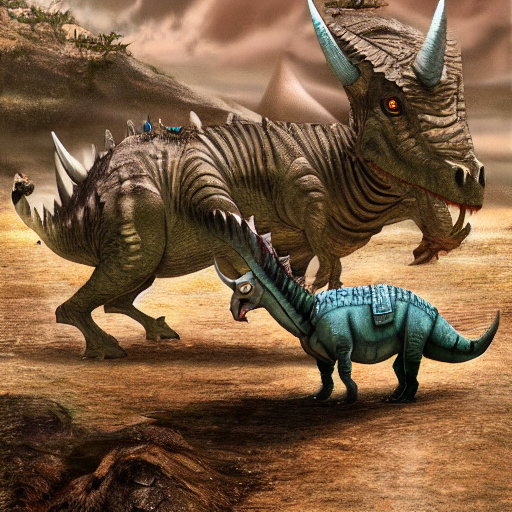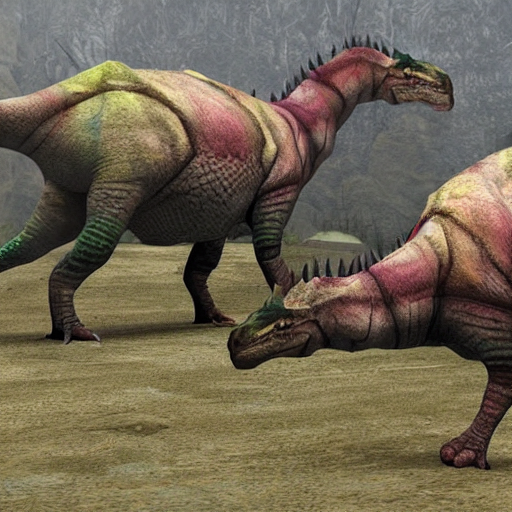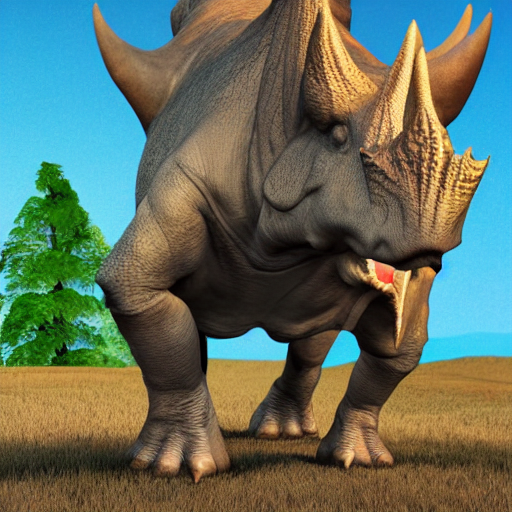Which dinosaurs have horns?
Does your favorite dinosaur have horns?
We put together an easy-to-follow list of some of the most well-known horned dinosaurs…
Horned dinosaurs are a fascinating group of creatures that have many unique features.
There are many different types of horned dinosaurs.

Explain It To A Child
Here is a list of some of the most well-known ones:
- Triceratops
- Styracosaurus
- Pachycephalosaurus
- Ceratopsian
Horned dinosaurs list
The following is a list of horned dinosaurs:
Ceratopsians
A group of herbivorous dinosaurs that had horns and frills on their heads. The most famous ceratopsian is the Triceratops, which had three horns on its head. Other ceratopsians include the Centrosaurus and the Styracosaurus.
Psittacosaurus
A small, long-tailed dinosaur that had a parasite’s beard made up of long, stiff feathers. The function of the beard is unknown, but it may have been used for display or communication. The Psittacosaurus is thought to be the most primitive ceratopsian.
Cerasinops
A small, short-necked dinosaur that lived in what is now Mongolia. It had an unusual growth on its snout that may have been used for display purposes.
Brachylophosaurus
A medium-sized dinosaur that lived in North America during the Late Cretaceous period. It is known for its long, bony crest, which ran along its back and extended over its head.
Pachyrhinosaurus
A large, plant-eating dinosaur that lived in North America during the Late Cretaceous period. It had a horny growth on its nose, which may have been used for display or protection.
Lambeosaurus
A large, plant-eating dinosaur that lived in North America during the Late Cretaceous period. It is known for its strange crest, which consisted of two tubes that ran along its back and extended over its head.

What horned dinosaurs are and why they’re interesting
Horned dinosaurs are a type of dinosaur that is characterized by the presence of horns on their heads.
While the exact function of these horns is still debated, they may have been used for self-defense, mate selection, or to help regulate body temperature.
Horned dinosaurs include some of the best-known and most popular species, such as Triceratops and Tyrannosaurus Rex.
Today, they continue to capture the public imagination, appearing in books, movies, and television shows. For many people, horned dinosaurs are the quintessential image of these fascinating creatures.
The different types of horned dinosaurs
There were many different types of horned dinosaurs that roamed the earth during the Cretaceous Period.
Perhaps the most well-known is Triceratops, with its large body and three horns.
However, there were many other types of horned dinosaurs, including Pentaceratops, which had five horns, and Kodiakceratops, which had a massive set of horns on its head.
Each type of horned dinosaur had its own unique features, but they all shared one common trait: they were all herbivores.

This is believed to be because their horns were used for self-defense against predators, rather than for hunting prey.
Whatever the reason, these fascinating creatures continue to capture our imaginations and inspire new research into their lives and ecology.
What is the purpose of their horns?
Scientists have long been puzzled by the purpose of the horns on horned dinosaurs.
For years, it was thought that they were used for self-defense or as a way to intimidate rivals.
However, new evidence suggests that the horns may have had a more practical purpose. It is now believed that the horns were used to help regulate the body temperature of these massive animals.
The horns would have absorbed heat from the sun during the day and then radiated that heat at night, helping the dinosaurs to stay warm.
In addition, the horns may have also been used to help attract mates.
The bright colors and impressive size of the horns would have made these animals more visible and attractive to potential mates.
Regardless of their purpose, it is clear that the horns played an important role in the lives of horned dinosaurs.
How horned dinosaurs live and died?
The lives and deaths of horned dinosaurs have been the subject of much speculation. While some scientists believe that these creatures were solitary hunters, others suggest that they lived in herds.
However, the most likely scenario is that they occupied a middle ground between these two extremes.
Studies of fossilized remains suggest that horned dinosaurs were social creatures, but they probably did not live in large herds.
Instead, they likely formed small groups composed of a few individuals. These groups may have served as a way to protect against predators and to increase the chances of finding mates.
When it came to hunting, horned dinosaurs probably used their powerful horns and teeth to subdue their prey.
Their sharp claws would have also come in handy for digging up food or defending themselves.
As for how these creatures died, it is likely that many were killed by predators or died from injuries sustained during fights with other horned dinosaurs. Others may have succumbed to disease or starvation during times of drought.
In any case, the lives of horned dinosaurs were certainly eventful, and their final demise remains a mystery.
The extinction of horned dinosaurs
The extinction of horned dinosaurs is still a mystery to scientists.
These creatures were some of the most successful animals to ever live, and yet they vanished from the earth seemingly overnight.
The most likely explanation is that a comet or asteroid struck the earth, causing widespread devastation. However, there is no definitive proof of this hypothesis, and it remains an unsolved mystery.
Nevertheless, the disappearance of these magnificent creatures has had a profound impact on the world, and their loss is still felt today.
We hope you enjoyed learning about these fascinating horned creatures!
Article Sources
Jacks of Science sources the most authoritative, trustworthy, and highly recognized institutions for our article research. Learn more about our Editorial Teams process and diligence in verifying the accuracy of every article we publish.
